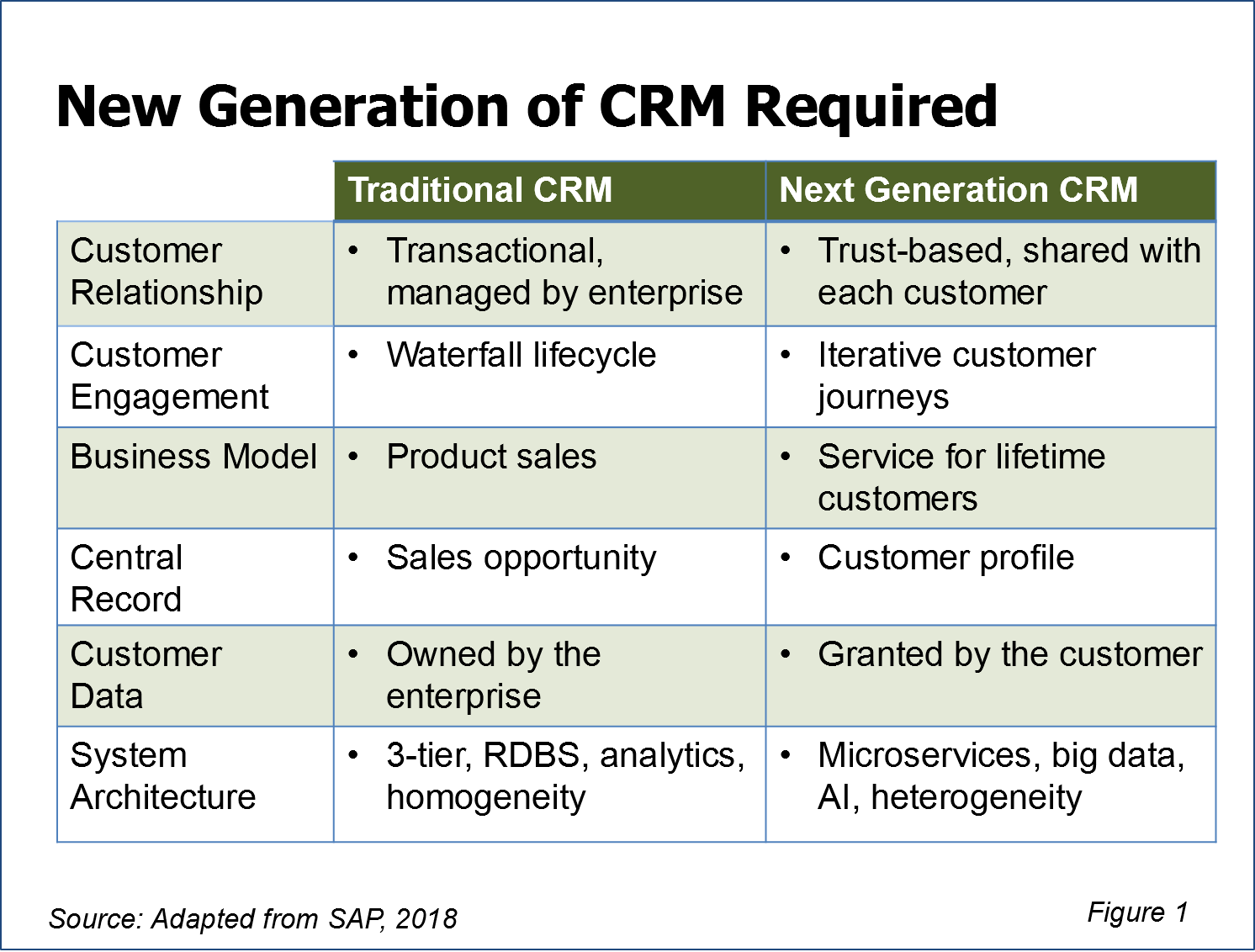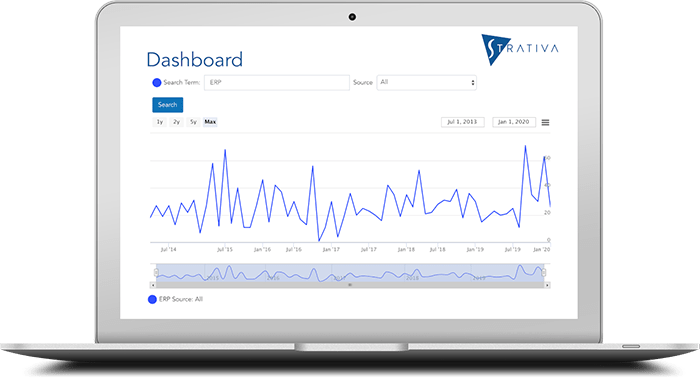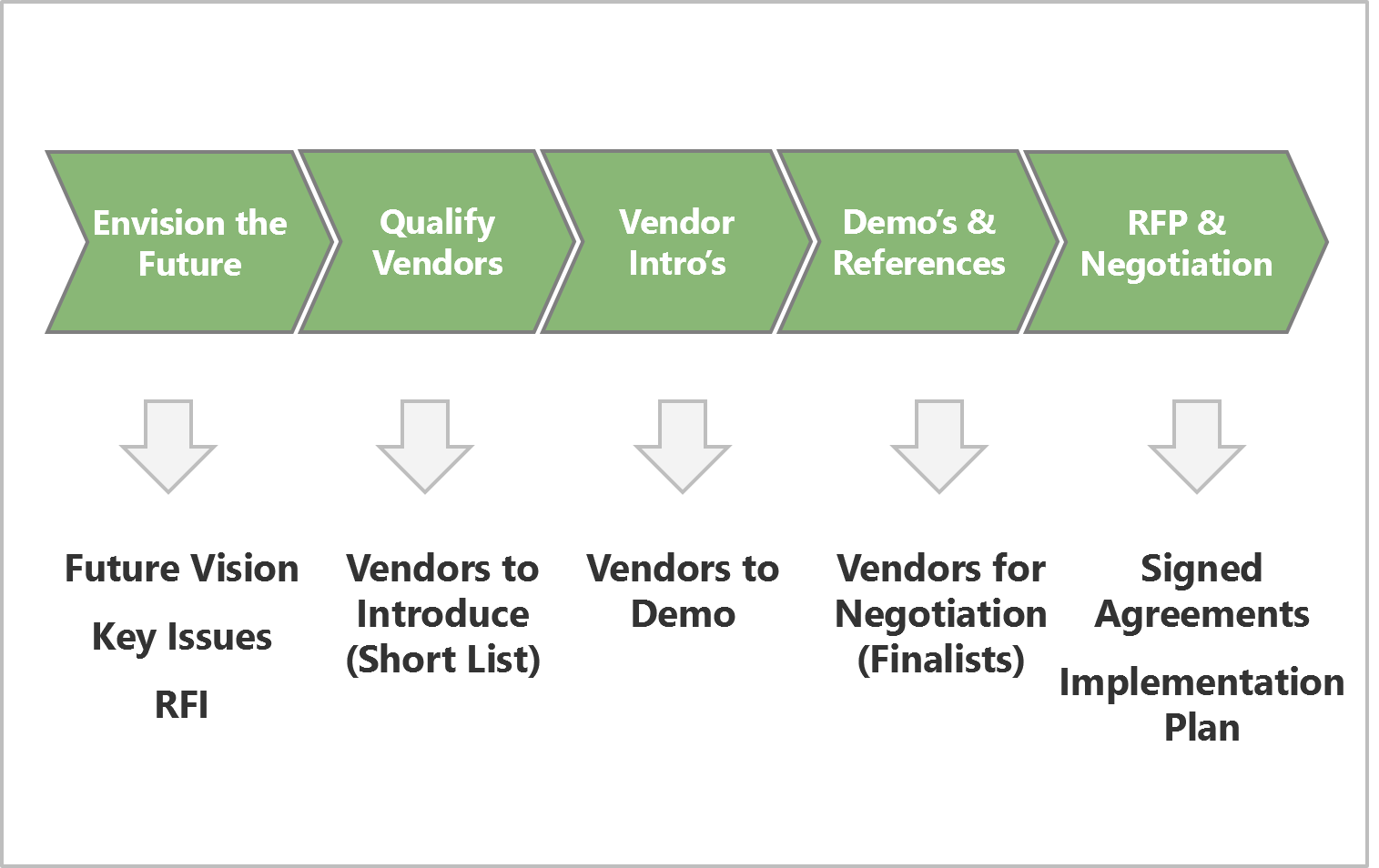
With so much having changed since CRM systems were introduced in the 1990s, is it time to rethink CRM? This post outlines six ways in which CRM systems must change to meet the needs of today’s businesses. But, only time will tell if software vendors will be able to meet these needs or whether, once again, they will over-design and over-price their CRM offerings.








